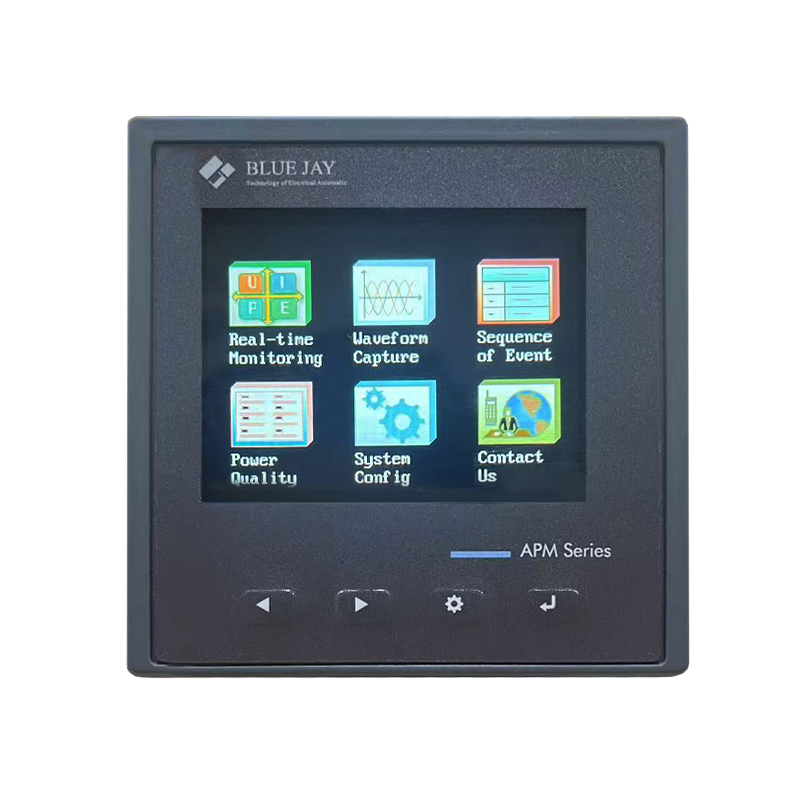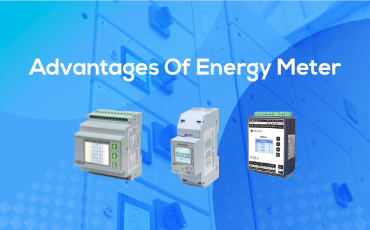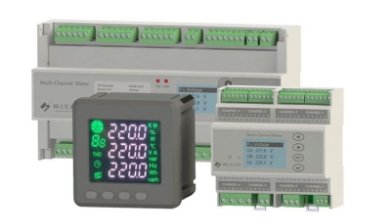
Remote Metering and monitoring in energy meters
What is Remote Metering and monitoring in energy meter?

Do you know the maximum demand in energy meter? Maximum demand is a measuring parameter in the energy meter. This article will introduce it from the definition, reason, and how to calculate.
The maximum demand in an energy meter refers to the highest level of electrical power recorded during a specific time frame, typically measured in kilowatts (kW) or kilo volt-amperes (kVA). It’s essentially a record of your peak electricity usage. Our multifunction power meter’s Max Demand value default is calculated by the 15-minute Sliding window method, if you need a Block Interval please tell us before ordering.

The power supply department measures the maximum demand for two main reasons: to increase the electricity bill income and to adjust the power load and achieve load balance, which is conducive to improving the utilization rate of power grid equipment.
Using maximum demand as the basic electricity fee billing method can encourage industrial users with large load fluctuations to reduce peak loads and maintain local voltage stability. It can also reduce users’ basic electricity bill expenditures as one of the measures to improve corporate economic efficiency. Thus, maximum demand in energy meter is necessary for industrial users.
How to calculate the maximum demand? There are two types of maximum demand: interval type and sliding type (sliding type is the most commonly used)


For example, a large user has a maximum starting load of 1000KW at work, which drops to 500KW after 10 minutes, lasting for 5 minutes. Then the maximum demand of this large user is total power value (1000X10+500X5)/15 minutes = 833.3KW. If the demand is higher than 833.3KW within a certain 15 minutes this month, this number will automatically disappear and the latter higher number will be recorded.

The maximum demand in energy meter is affected by many factors. First, the size and change of the power load will directly affect the maximum demand in energy meter. If the power load is large and fluctuates greatly, the maximum demand will be correspondingly large. The performance and operating status of the power equipment will also affect the maximum demand in energy meter.
For example, if the capacity of the power equipment is insufficient or the operating status is poor, the fluctuation of the power load may increase, resulting in an increase in demand. In addition, meteorological conditions, electricity consumption habits, economic development and other factors will also have an impact on demand.

APM-96Q Multifunctional power meter
It is equipped with the function of total maximum demand. Features: Real-time Monitoring for current, energy, max demand, etc. Waveform Capture for current and voltage analysis. Power quality analysis & harmonic analysis.
The maximum demand in energy meter usually refers to the maximum demand value recorded within the specified settlement period. By monitoring and analyzing the maximum demand, you can understand the load changes of the power system, specify the electricity price, and prevent and analyze the failure of the power system.

What is Remote Metering and monitoring in energy meter?

Abstract: In this article, the advantages of energy meter

Energy meter plays a pivotal role in our modern




